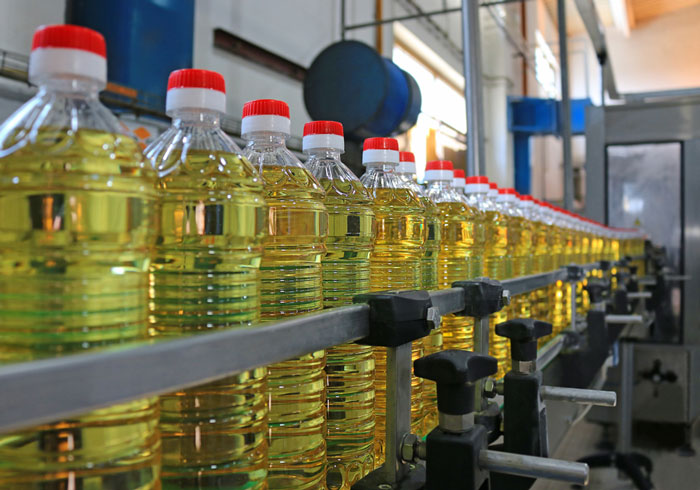Food prices climb as rising oil and dairy prices offset falling grains
- Like
- Digg
- Del
- Tumblr
- VKontakte
- Buffer
- Love This
- Odnoklassniki
- Meneame
- Blogger
- Amazon
- Yahoo Mail
- Gmail
- AOL
- Newsvine
- HackerNews
- Evernote
- MySpace
- Mail.ru
- Viadeo
- Line
- Comments
- Yummly
- SMS
- Viber
- Telegram
- Subscribe
- Skype
- Facebook Messenger
- Kakao
- LiveJournal
- Yammer
- Edgar
- Fintel
- Mix
- Instapaper
- Copy Link
Posted: 5 October 2017 | George Smith (New Food) | No comments yet
The Food and Agriculture Organisation (FOA) of the United Nations has released its figures for September’s world food prices today.


OIL ON THE UP: Palm oil's climbing price drove a spike in the sector.
Global food prices rose slightly in September, as firmer prices of vegetable oils and to a lesser extent dairy products offset declining prices for staple cereal grains.
The FAO Food Price Index (FFPI) averaged 178.4 points for the month of September, up 0.8 per cent from August and marking a 4.3 per cent increase from a year earlier.
The index is a measure of the monthly change in international prices of a basket of food commodities.
The FAO Vegetable Oil Price Index increased by 4.6 per cent, driven primarily by palm oil, although values for soy, rapeseed and sunflower oils also rose.
Dairy rose by 2.1 per cent from August, driven by butter and cheese prices at a time of supply constraints in Australia, New Zealand and the European Union. Meat prices were broadly unchanged.
The FAO Cereal Price Index declined by 1.0 per cent, as maize and wheat quotations fell in step with strong supply and harvest prospects. FAO expects the current growing season to yield record worldwide cereals output.
Sugar prices were unchanged for the month, but it was about 33 per cent below its year-ago level – a decline due to oversupply in world markets and a slowdown in demand.
Cereal inventories head for a new high
FAO updated its global cereal production forecast for 2017, raised to 2 612 million tonnes, or almost 7 million tonnes above the record set in 2016, according to the Cereal Supply and Demand Brief, also released today.
September’s forecasts were raised on account of robust wheat production trends in the EU and the Russian Federation and expected maize outputs in China and the United States of America.
The organisation now forecasts 750.1 million tonnes of wheat to be harvested in 2017 and 1361 million tonnes of coarse grains, as well as 500.7 million tonnes of rice, slightly down from the previous forecast but close to last year’s record output.
FAO forecasts world cereal stocks by the close of seasons in 2018 to reach a new all-time high of 720.5 million tonnes. That would take the stocks-to-use ratio of cereals – an indicator of the likely price direction – to 27 percent, well above the historical low of 20 percent registered exactly a decade ago.
The ratio is even higher – 34.6 percent – for wheat due to significant inventory build-ups in China and Russia.
World trade in cereals is expected to rise slightly over the marketing year to reach 403 million tonnes, a new record, led by much larger maize imports by China, the EU and the Islamic Republic of Iran. While Russia is set to consolidate its role as the world’s largest wheat exporter, Argentina and Brazil are expected to be the main beneficiaries of the projected expansion in world trade in coarse grains.
Related topics
Related organisations
Food and Agriculture Organization of the United Nations (FAO)









